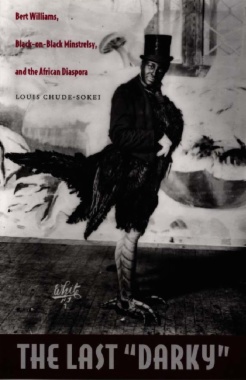In this remarkable book, Steven Feld, pioneer of the anthropology of sound, listens to the vernacular cosmopolitanism of jazz players in Ghana. Some have traveled widely, played with American jazz greats, and blended the innovations of John Coltrane with local instruments and worldviews. Combining memoir, biography, ethnography, and history, Feld conveys a diasporic intimacy and dialogue that contests American nationalist and Afrocentric narratives of jazz history. His stories of Accra's jazz cosmopolitanism feature Ghanaba/Guy Warren (1923–2008), the eccentric drummer who befriended the likes of Charlie Parker, Max Roach, and Thelonious Monk in the United States in the 1950s, only to return, embittered, to Ghana, where he became the country's leading experimentalist. Others whose stories figure prominently are Nii Noi Nortey, who fuses the legacies of the black avant-gardes of the 1960s and 1970s with pan-African philosophy in sculptural shrines to Coltrane and musical improvisations inspired by his work; the percussionist Nii Otoo Annan, a traditional master inspired by Coltrane's drummers Elvin Jones and Rashied Ali; and a union of Accra truck and minibus drivers whose squeeze-bulb honk-horn music for drivers' funerals recalls the jazz funerals of New Orleans. Feld describes these artists' cosmopolitan outlook as an "acoustemology," a way of knowing the world through sound.
- Set List
- Opus
- Four-Bar Intro: ‘‘The Shape of Jazz to Come’’
- Vamp In, Head: Acoustemology in Accra: On Jazz Cosmopolitanism
- First Chorus, With Transposition: Guy Warren/Ghanaba: From Afro-Jazz to Handel via Max Roach
- Second Chorus, Blow Free: Nii Noi Nortey: From Pan-Africanism to Afrifones via John Coltrane
- Third Chorus, Back Inside: Nii Otoo Annan: From Toads to Polyrhythm via Elvin Jones and Rashied Ali
- Fourth Chorus, Shout to the Groove: Por Por: From Honk Horns to Jazz Funerals via New Orleans
- Head Again, Vamp Out: Beyond Diasporic Intimacy
- ‘‘Dedicated To You’’
- Horn Backgrounds, Riffs Underneath
- Index: Themes, Players

